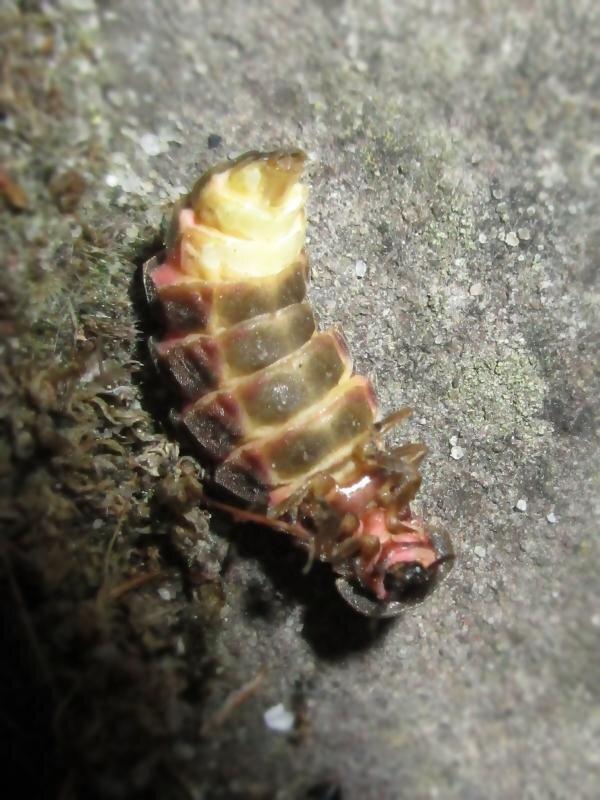The bright lights of urban areas are part of the modern world, intended to enhance our productivity, safety, and ability to enjoy the world around us even after dark. However, while artificial light has been great for human activity, many nocturnal animals, and even some people, pay a price for this illumination. Light pollution affects many animals, including those who use their own luminescence to attract mates or prey. However, little is known about how these animals fare in an increasingly brighter environment.
The female common glow-worms, known as Lampyris noctiluca, emit a green glow from their abdomen to attract flying males. However, their inability to fly to new locations to escape light pollution puts them at risk. This prompted Estelle Moubarak, Sofia Fernandes, Alan Stewart, and Jeremy Niven from the University of Sussex, UK, to investigate how hard it is for male common glow-worms to find mates in an ever-brighter environment. They published their findings in the Journal of Experimental Biology.
After successfully collecting glow-worms from the South Downs in the UK, Moubarak safely transferred the male insects to a Y-shaped maze, mimicking the female’s glow with a green LED light at the top of one of the arms. The team then recorded the male’s ability to find the fake female and how long it took, ranging from 25 Lux (25 times brighter than moonlight) to 145 Lux (equivalent to the light beneath a streetlamp). The results revealed that white light made it difficult for male glow-worms to find the glowing females, with only 70% of the insects having found the LED at the dimmest levels of white light. The team concluded that white light negatively affected the glow-worm’s ability to find a female and disturbed their migration patterns.
Furthermore, illuminating the maze with white light also caused the male’s movement towards the glowing females to slow. Male glow-worms were unable to move towards the females in high light because they cover their compound eyes with a head shield, reducing the amount of bright light they see. Moubarak suggests that this shielding suggests that male glow-worms dislike bright light. If this trend continues, fields and heaths across Asia and Europe that have lighted up with the female glow-worm’s twinkle for millions of years, may become dark.
More information:
Artificial light impairs local attraction to females in male glow-worms, Journal of Experimental Biology (2023). DOI: 10.1242/jeb.245760. journals.biologists.com/jeb/ar … i/10.1242/jeb.245760
Citation:
Brighter nights risk extinguishing glow-worm twinkle (2023, June 13)
retrieved 13 June 2023
from https://phys.org/news/2023-06-brighter-nights-extinguishing-glow-worm-twinkle.html
This document is subject to copyright. Apart from any fair dealing for the purpose of private study or research, no part may be reproduced without written permission. The content is provided for information purposes only.
Denial of responsibility! TechCodex is an automatic aggregator of the all world’s media. In each content, the hyperlink to the primary source is specified. All trademarks belong to their rightful owners, and all materials to their authors. For any complaint, please reach us at – [email protected]. We will take necessary action within 24 hours.

Jessica Irvine is a tech enthusiast specializing in gadgets. From smart home devices to cutting-edge electronics, Jessica explores the world of consumer tech, offering readers comprehensive reviews, hands-on experiences, and expert insights into the coolest and most innovative gadgets on the market.


